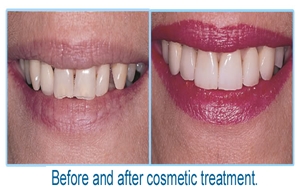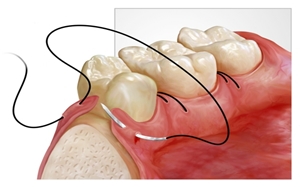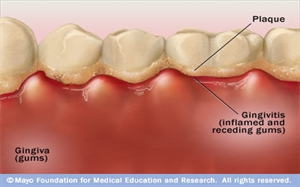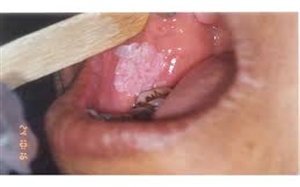Dental Treatment Offered
Cosmetic/ Laser Filling
Laser technology has made medical procedures once only the province of the elite available to the masses. Laser technicians are trained to use laser devices in a wide array of medical practices. Ophthalmic laser technicians assist doctors in optical measurements, diagnostics and LASIK eye corrective surgery.
Cosmetic laser technicians use laser devices to remove hair, tattoos, varicose veins and skin irregularities. Laser is even used at dental offices to diagnose and treat periodontitis. New uses for laser are currently under development—to treat infection, pain and inflammation—and its applications will only increase over time. Laser technicians will be the specialists poised at the forefront of these exciting new discoveries, ready to implement laser's new applications as they develop.
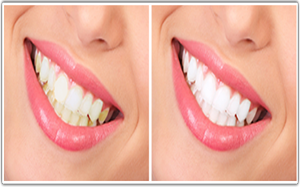
Bleaching ( Teeth whitening)
Dental bleaching, also known as tooth whitening, is a common procedure in general dentistry. According to the FDA, whitening restores natural tooth color and bleaching whitens beyond the natural color. There are many methods available, such as brushing, bleaching strips, bleaching pen, bleaching gel, and laser bleaching. Teeth whitening has become the most requested procedure in cosmetic dentistry today. More than 100 million Americans whiten their teeth one way or another; spending an estimated $15 billion in 2010.
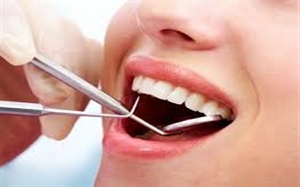
Teeth Cleaning & Polishing
Teeth cleaning is part of oral hygiene and involves the removal of dental plaque from teeth with the intention of preventing cavities (dental caries), gingivitis, and periodontal disease. People routinely clean their own teeth by brushing and interdental cleaning, and dental hygienists can remove hardened deposits (tartar) not removed by routine cleaning. Those with dentures and natural teeth may supplement their cleaning with a denture cleaner.
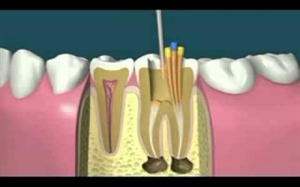
Painless Root Canal treatment
New laser technology promises to change the way you experience traditional root canal therapy. After all, we now have air abrasion to fix cavities, so why not incorporate technology to improve the root canal procedure for busy or dental anxiety patients? Laser root canal therapy uses a parallel beam of intense light to clean out root canals. Laser therapy "melts" away debris consisting of bacteria and infection, known as the "smear layer" of the root, and cleans the root more thoroughly than traditional treatments. With less time and pain than a conventional root canal, laser dentistry can remove your infection so that you can get on with your life.
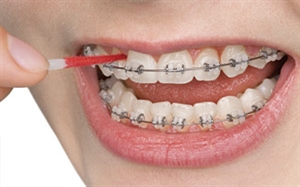
Orthodontic Treatment
Many people have crowded or crooked teeth. Orthodontic treatment will straighten the teeth or move them into a better position. This can improve their appearance and the way the teeth bite together, while also making them easier to clean.Some people have upper front teeth that stick out and look unsightly. These 'prominent' teeth are more likely to be damaged, but orthodontic treatment can move them back into line. Or the way the upper and lower jaws meet can cause teeth to look unsightly and lead to an incorrect bite. Orthodontic treatment may be able to correct both of these problems.When the teeth don't meet correctly, this can put strain on the muscles of the jaw, causing jaw and joint problems and sometimes headaches. Orthodontic treatment can help you to bite more evenly and reduce the strain.

Crowns (Cap) And Bridges
Lorem Ipsum is simply dummy text of the printing and typesetting industry. Lorem Ipsum has been the industry's standard dummy text ever since the 1500s, when an unknown printer took a galley of type and scrambled it to make a type specimen book. It has survived not only five centuries, but also the leap into electronic typesetting, remaining essentially unchanged. It was popularised in the 1960s with the release of Letraset sheets containing Lorem Ipsum passages, and more recently with desktop publishing software like Aldus PageMaker including versions of Lorem Ipsum. Lorem Ipsum is simply dummy text of the printing and Letraset sheets containing Lorem Ipsum passages,
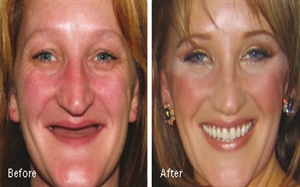
Complete Denture / Removal Partial Denture
Removable Partial Dentures are often treatment planned and provided to patients that have multiple missing teeth but have several sound remaining teeth.
This treatment is an alternative treatment to implants for those patients that do not desire to have implants replace their missing teeth.
Oral Surgical Procedures
By the age of eighteen, the average adult has 32 teeth; 16 teeth on the top and 16 teeth on the bottom. Each tooth in the mouth has a specific name and function. The teeth in the front of the mouth (incisors, canine and bicuspid teeth) are ideal for grasping and biting food into smaller pieces. The back teeth or molar teeth are used to grind food up into a consistency suitable for swallowing.

Dental Implants
A dental implant (also known as an endosseous implant or fixture) is a surgical component that interfaces with the bone of the jaw or skull to support a dental prosthesis such as a crown, bridge, denture, facial prosthesis or to act as an orthodontic anchor. The basis for modern dental implants is a biologic process called osseointegration where materials, such as titanium, form an intimate bond to bone. The implant fixture is first placed, so that it is likely to osseointegrate, then a dental prosthetic is added. A variable amount of healing time is required for osseointegration before either the dental prosthetic (a tooth, bridge or denture) is attached to the implant or an abutment is placed which will hold a dental prosthetic.
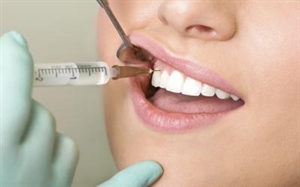
Extraction Simple/ Surgical
Simple extractions are performed when the tooth is above the gumline and can be removed with a lifter and forceps. The process and healing time are both quick. This may be used for a decayed tooth or a tooth that is broken but is still above the gumline. It’s also used to remove teeth when the root has died or if your teeth are crowded and removal is necessary to facilitate orthodontic treatment.
Gum Treatment
If you have been told you have periodontal (gum) disease, you’re not alone. Many adults in the U.S. currently have some form of the disease. Periodontal diseases range from simple gum inflammation to serious disease that results in major damage to the soft tissue and bone that support the teeth. In the worst cases, teeth are lost.
Oral Mouth Cancer Detection
Oral cancer accounts for roughly two percent of all cancers diagnosed annually in the United States. Approximately 36,500 people will be diagnosed with oral cancer each year and about 7,900 will die from the disease. On average, 61 percent of those with the disease will survive more than 5 years.


